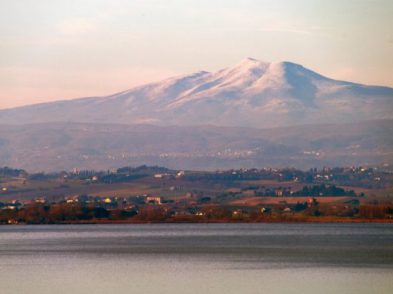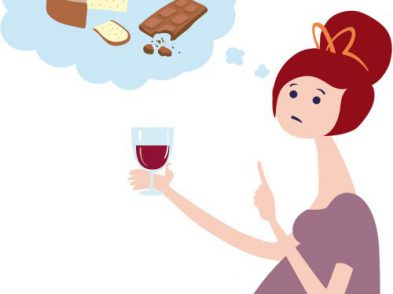
“The 2015 harvest was amazing, one of the best I’ve seen in 35 years. It reminds me of the 1990. All the grapes were perfectly healthy and ripe, and I have never eaten so many Sangiovese grapes like I have this year.”
This was the response of Giovanni Manetti, owner-winemaker at Fontodi in Panzano, Chianti Classico, when I asked him for a recap of this year’s wine situation. On a recent visit to Montalcino I asked Elisa Sesti, co-director at her family’s estate in Argiano, the same question: how was the vintage? Does she have high hopes for her Brunello? Her reply: we’re looking at ‘a great wine to be…at this early stage we are seeing great depth in colour, structure and complexity’.
When I toured around Chianti in August and early September, the sense that a whole community of grape growers and winemakers were holding their breath was almost unbearable. Everything was looking so promising—could it possibly continue? The heat in June and July had held off fungus and insect attacks; the only potential worry was heat stress in some areas, but the rainfall in August gently rehydrated the vines, hence the result: a long exhale and a lot of ‘rich and intense’ fine wine now bubbling away in tanks around Tuscany.
The year on the label of a wine bottle is a key factor, often overlooked. It is especially important if you’re spending plenty of money on a wine. Usually cheap wines under five or six euros will not show much ‘vintage variation’—they are wines made to taste consistently the same every year. They will not reflect the subtleties of a vintage.
By vintage, I mean the year the grapes were grown and the wine was made. The vine begins to flower in the spring and these flowers become berries. During the summer the berries begin to turn from green to pale gold (if a white grape variety) or purpley black (if a red grape variety). From late August or September to October the grapes will be picked according to their level of ripeness. So how those months pass will be told when the wine is uncorked and it can tell you about its time in the vineyard over the course of a glass. In the early months, hail and frost can prove detrimental to delicate flowers and budding grapes, breaking apart bunches and lowering the farmer’s crop immediately. In those midsummer months, if there’s too little heat or too much rain, or too much heat and no rain, or too much cloud and no sunshine, then the grapes will struggle to ripen well. If it rains at harvest time, in late August, September and October, the grapes cannot be picked; the pickers must wait for the rain to stop, another day for the grapes to dry and then hope that picking can recommence, and that rot won’t attack in the meantime.
2014 was a very hard experience for most wine estates, not just in Tuscany but across Italy. That is not to say the wines are bad; they’re just different. It was cold and wet for much of the summer, with some relief offered by a warmer brighter autumn. The wines are generally lighter than the previous warmer years/vintages 2013, 2012 and 2011. Alcohol levels tend to be lower as the grapes didn’t achieve great ripeness, so sugar levels tended to be reduced. So, if you prefer wines on the lighter side, in terms of weight and alcohol content, then you might actually love the wines from 2014.
2015 will be, as Elisa and Giovanni commented, a powerful vintage—the comparison to 1990 is very exciting. In fact, UK wine magazine Decanter declared 1990 in Tuscany a ‘historic vintage for Sangiovese which gave intense and long lived wines’.
But remember to buy with care, despite the fine reports: in ‘bad’ vintages good producers will still make good wine—they may have a smaller production because they have been more rigorous and selective as to what will go into the bottle, but what they produce will be sensitively made. In ‘good’ vintages, bad producers will still produce bad wine, so get to know a producer, drink his/her wines from different years and follow his/her story, like an art collector follows an artist—appreciating the beauty in their ‘Blue Periods’, not waiting for somebody else in the wine world to accord 5-star ratings, or 100 points.








